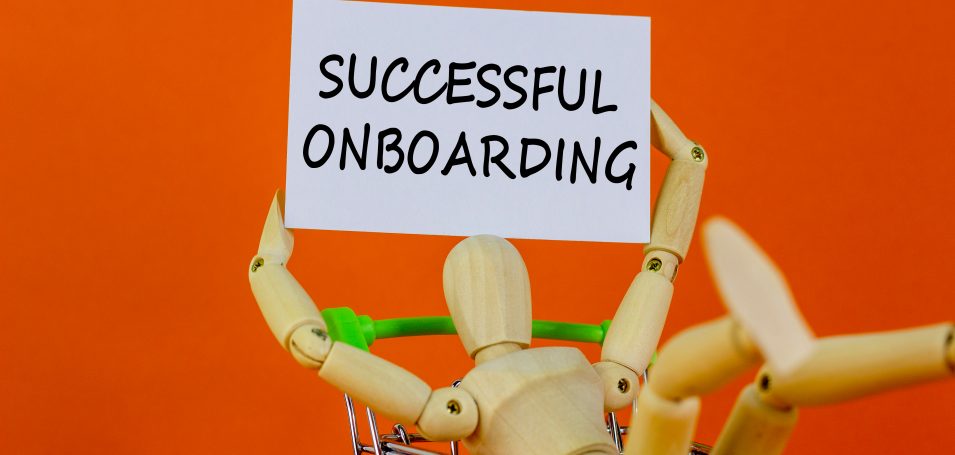According to the 2021 Global Knowledge IT Skills and Salary Report, 92% of IT professionals have at least one certification. And, learning new skills or getting certified can result in a raise of more than 7% each year.
Upskilling, re-skilling, and leveling up at work is more important now than ever before – and providing a way to demonstrate and reward that achievement is key. If your customer education program doesn’t include a certificate or badging element, it may be time to consider building one. In this blog, we’ll discuss 3 types of customer education credentials, why they matter, and how to build your own.
Understanding the Different Types of Customer Education Certification
First, let’s look at the different kinds of credentialing. You may have noticed that there is a bit of confusion around the language that’s used in the industry. The three main phrases you’ll hear are “certification,” “certificates of completion,” and “digital badges.” While similar, these three types of customer education credentials differ in their application – let’s dive into each of them:
- Certification: This is a legally defensible credential, and it falls under specific labor laws and will have its own process for achieving. You can use this for hiring purposes, and it will need to be proctored, too. You take a test, and you pass, and then you’re certified. You don’t even need to go through training, for example, if it’s something that you already know, and you just want to add the certification to your toolbelt. However, if your company wants to offer a certification, you ought to have a means to prepare for the exam.
- Certificates of Completion: In contrast, certificates of completion are tied very closely to training. These show that you went through a specific set of coursework or learning. Sometimes there may be an assessment or a work product to complete, and other times it’s just about participating in the training.
- Digital Badges: Badges are used to prove any accomplishment, or even to highlight other digital honors, like “customer of the year,” or employees who show specific values. They’re also awarded more traditionally in response to achieving certifications (or certificates of completion) and can be displayed on LinkedIn, for example, to represent the accomplishment. The digital badging ecosystem is rapidly growing, even replacing the need for higher education in some instances.

Why is Certification So Important For Customer Education Programs?
Over the past few years, certification of all kinds has been growing in popularity in the customer education space. “Certification can impact so many things! It can impact product adoption, recurring revenue, annual contract value, and active users,” says Debbie Smith, Senior Director of Visier University and certification industry expert. “It also helps to create brand champions who really advocate for your product, enhancing the loyalty of your existing customers and helping with retention.”
In today’s economy with education at a high premium, micro-skills and re-skilling help prove you know what you’re doing. Micro-credentials give credibility so that employers know who has invested in learning and has the skills to do a job.
How to Track the Impact of Certification
Whatever certification you choose to use in your customer education program, you’re going to want to keep track of the impact. You can track the outcomes of certification on both the company side, and on the side of the learner. Think about questions around your user base like, After certification, did learners get promoted? Become more productive? Get a raise? And for your company, Have certifications led to an increase in retention, revenues, or Lifetime Value?
To identify and analyze these impact metrics, you need to be able to tie your certification to your CRM to look at both your customer and partner base. Make that connection, whether through your modern customer learning platform, or directly into the data warehouse, or a combination. Then, look at how job titles change, or how company revenue changes over time. You can also augment this with qualitative information from customer interviews, and see the results from two angles.
How to Build Effective Certification Programs
Two common ways to build out certification programs are by using role-based certification, or product-based certification. It’s important to think carefully about using role-based certification because there can often be a lack of clarity around roles; you may see your role one way, for example, and your customer sees it totally differently. If you do choose role-based certification, you need a really clear definition of that role for everyone to agree on. Instead, to make things easier, you might choose to do level-based or skill-based certifications.
Either way, the first step in the process is to define all the tasks that everyone needs in order to be minimally qualified, which is also a term that needs agreement across the team. Then, a great best practice is to complete a job task analysis survey. This survey enables you to get some great insight into how difficult your customers, partners, and employees believe certain knowledge and tasks really are. From the answers, you can create a blueprint for what to include in your certification.
Best Practices for Designing Certification Exams
Next, it’s time to start building out the content in your customer education certification program. Here are three key ways to create successful certification questions:
- Be Clear, Concise, and Accurate: You will often find that if you ask any handful of people in your company about the same part of your product, they will all describe it differently. So, when you create a certification program, it’s really important to think about unification of language. This means eliminating inconsistencies and making sure that you’re very clear about the terms you’re using.
- Keep an Eye on Difficulty Level: Certain types of exam questions may give the answer away! For example, using “all of the above” or “none of the above” as potential responses can tend to indicate that the author couldn’t think of enough wrong answers. Another “tell” is when one answer is much longer than the others. In a similar vein, steer clear of true or false questions; not only do these have a 50/50 chance of the learner getting it right through guesswork, but even if they answer incorrectly, you don’t have any more information about what they actually know.
- Use Scenario-Based Questioning: These take a lot more work than simpler forms of questions, but can help to get a view of how customers think about and use your product. Scenario-based questions start with the business use case. What’s going on in the business? What’s the current technology that you’re using? What’s the problem that you’re facing? And how can the customer solve it with your technology?
Gather Feedback on Your Customer Education Credentials
Of course, your customer education credential program should not be a “set it and forget it” kind of project. You want customer feedback – while customers won’t love most tests, you also don’t want a negative response. Aim for a satisfaction score of about three out of five.
With feedback, you can make small changes for a big difference, such as adding time, or taking out one question. Feedback can be qualitative (through interviews), and can also be quantitatively driven, by using item analysis on the questions that are hardest or easiest.
Want more details? Get the Ultimate Guide to Badging & Certifications, below – our definitive reference guide to creating and managing an effective certification program.




